I need to create a simple power supply circuit to feed 10 external boards, similar to a USB power hub.
My power source is an AC to DC adapter measured to output 5V 10A. I need to limit the maximum amount per output to 1A. The external boards (U1, U2, etc) are audio boards, they have an MCU, an audio player, 5W amp and speakers. Each board uses from 300mA to 700mA (they vary due to music/frequencies), so 1A max should be enough.
I'm a beginner who understands a voltage divider quite well, but that is the first time I have to apply a current divider. I had a look at some tutorials/books, the math seems simple in my context, but it's still not clear to me what resistor values I should use and if I'm connecting the outputs correctly (I'm not used to do things in parallel). Below is how I think it should be:

simulate this circuit – Schematic created using CircuitLab
About the resistance, if I use the general formula IBRANCH = IS(RTOTAL/RBRANCH) I will get 1A for any kind of resistance as long all values are the same (for example, they could all be 100ohms or 1K)..So what value is best for this application?
